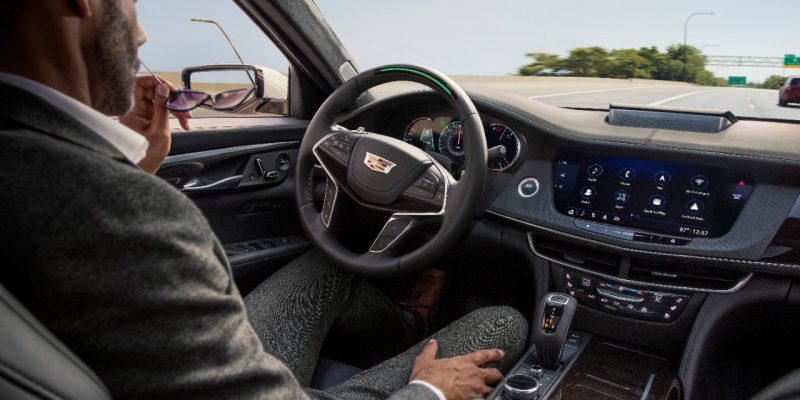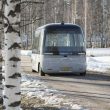Driverless-tech liability is all in the wording
Designating autonomous vehicles as ‘drivers’ raises a variety of potential legal complications meaning self-driving cars will change how insurance companies price and sell policies.
Meanwhile, governments, courts, insurers and automakers are all weighing in on the attributes of autonomous vehicles, their ownership and uses. The central liability model currently underpinning auto insurance, which is based on individual driver liability, may soon change to reflect a greater emphasis on the liability of the manufacturer of an AV.
“It is important to establish responsibility and liability in order to insure autonomous vehicles adequately,” said Janet Ruiz, director of strategic communication for the Insurance Information Institute. She explained the commercial aspects and uses seem to indicate liability will possibly assign to the manufacturer and/or business, such as public transportation, trucking and taxis, depending on the risk structure and business type.
“The personal autonomous vehicles are still in early stages and are not fully autonomous,” Ruiz noted. “The liability issues tend to split between driver error and responsibility and malfunctions of the vehicle which are manufacturer error and responsibility.” From her perspective, the liability seems to be shifting to the manufacturers, and business owners in some cases. “Proper use of vehicles will still be a consideration, as well as training in businesses that offer AV transport. Public transportation such as trains have already paved the way but AV trucks and taxis will be breaking new ground,” Ruiz said. “Personal AVs will need new definitions and boundaries for liability. We are seeing this in semi-AV in determining manufacturing errors versus user errors.”
For Sam Abuelsamid, a Guidehouse analyst specializing in autonomous vehicle technology, the questions regarding insurance liability are still far too cloudy, and with Level 3 autonomy capabilities set to enter the market soon, he thinks the discussion about insurance and liability needs to speed up. “Right now, liability is sort of an open question and nothing has really been settled yet. For anything below a L4 system, specifically L2 and below where the driver is still responsible for the vehicle, they have full liability for anything that happens,” he said. “When you get to L4 and a system is operating the vehicle that is designed without supervision or even a human on board, and at that point, whoever created the system has full liability.”
To read the complete article, visit TU-Automotive.

















